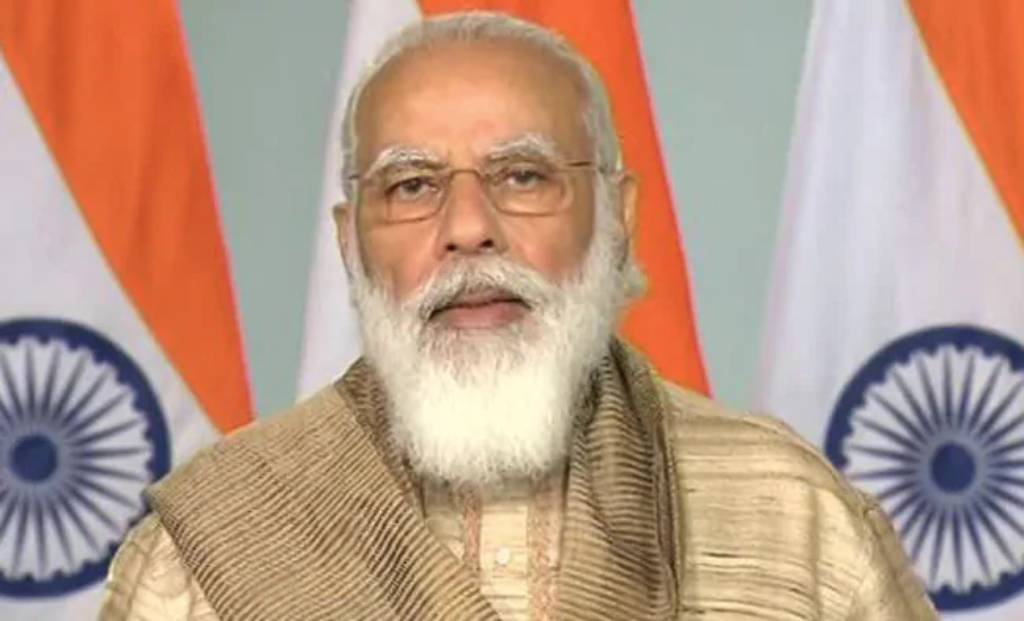Calcium deposits in coronary arteries can trigger a heart attack. According to experts, the increase in deposits results in narrowing down of coronary arteries and can result in a heart attack if preventive measures are not taken. In order to prevent this, people who are above the age of 18 years must undergo the calcium-score screening heart test every year. This test is necessary for those with a family history of heart blockage.
Calcium-score screening heart test
Also known as coronary calcium scan, a calcium-score screening heart test is performed with the use of Computerized Tomography (CT) to detect coronary calcium deposits in coronary arteries.
According to Dr Tausif Ahmed Thangalvadi – Medical Director, NURA diagnostic centre – ultra-low dose CT scan is used by the doctors at the centre and the test can be performed in roughly five minutes. Dr Ahmed said that an ultra-low dose of CT scan uses only 1/50th of radiation of a conventional CT scan.
The doctor said that they have found that around 20 per cent of people getting tested for calcium-score have a positive rate. This clearly means that every fifth person is carrying calcium deposits in their heart arteries. “This gradually keeps increasing and can be harmful if nothing is done,” he added.
What is a calcium score?
The calcium score literary gives the total area of heart arteries and density of calcium deposits. A calcium score of zero means that there is no presence of calcium in the heart. This translated to a very low chance of heart attack. On the other hand, the person will have a risk of heart attack if the calcium score is higher.
Any calcium score in the range of 100 to 300 indicates means that there is a relatively high risk of heart attack or any other heart-related problems over the next few years. And a score above 300 is a warning sign that immediate steps need to be taken in order to avoid a heart attack.
Dr Ahmed said that the patients need to consult a cardiologist for specific treatment.
According to data, the prevalence of cardiovascular diseases (CVD) in India was 54.5 million in the year 2016. In India, mortality associated with it is 20 to 50 per cent higher than in others. Also, cardiovascular diseases contribute to 28 per cent of India’s total deaths in 2016.










